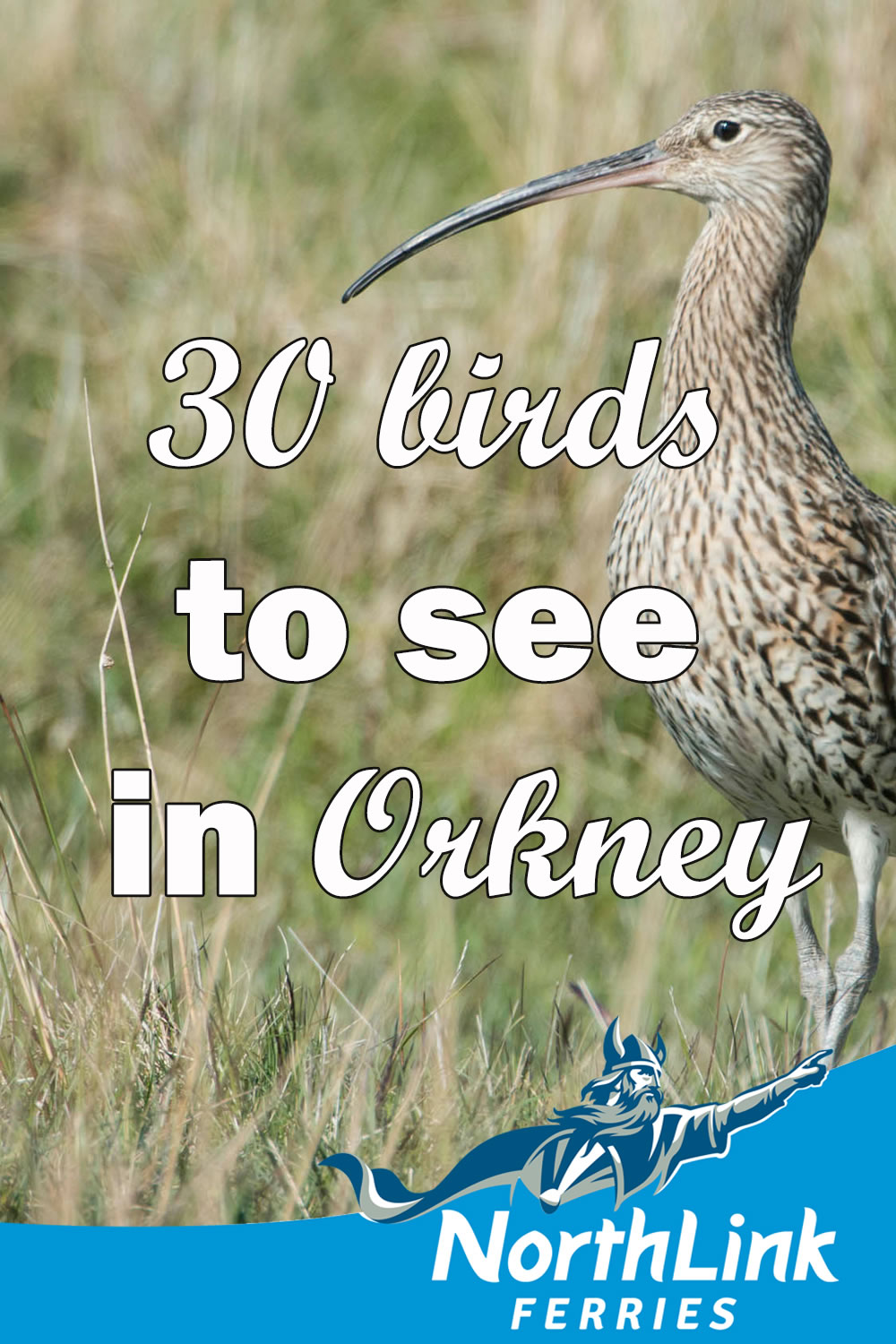30 birds to see in Orkney
Very often the only noises you hear in Orkney are those of the wind and waves. However it’s also hard to imagine the soundscape of the islands without hearing bird calls!
The wild landscapes of Orkney and the rich seas that surround these islands are ideally suited to attract a large variety of birds. This beginner’s guide to the birds of Orkney should hopefully point you in the right direction to find them!
Puffins are not very timid around humans; listen out for their strange mooing calls.
Make sure you also view our guide to 30 birds to see in Shetland!
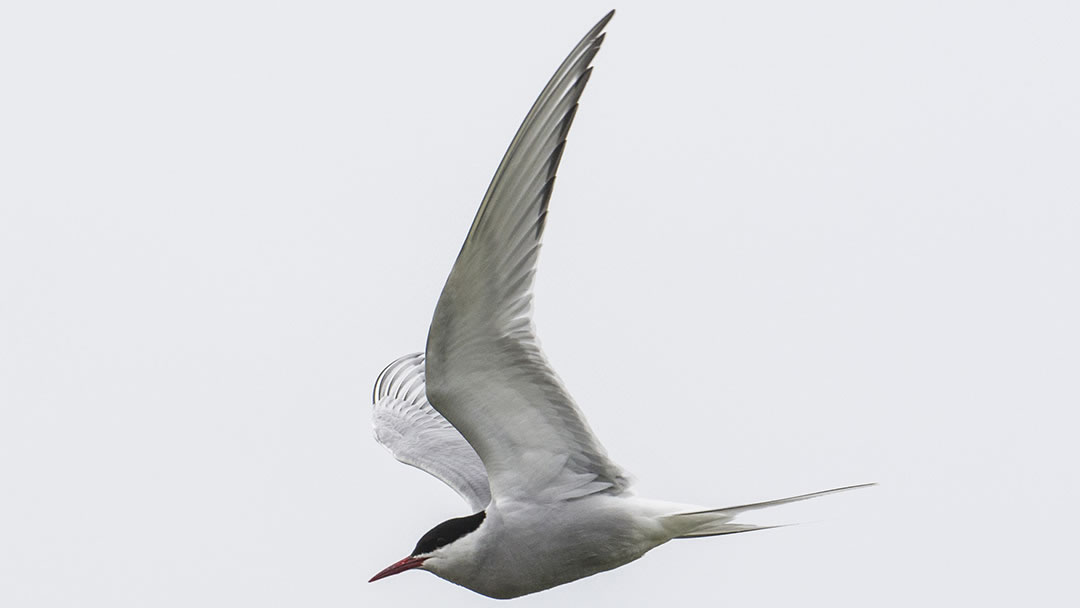
Arctic Tern (Tirrick)
You’ll find Arctic Terns on the coasts, zipping around and squabbling with their grating call; if you get too close to their nests, the screaming calls will be directed at you! There are over 200 colonies of these lovely white birds with their black caps and long tails in orkney. They breed in May, June and July and leave by August. Arctic Terns travel vast distances in a year.
Where to find them: Along the coast; try Birsay, Copinsay and North Hill on Papa Westray.
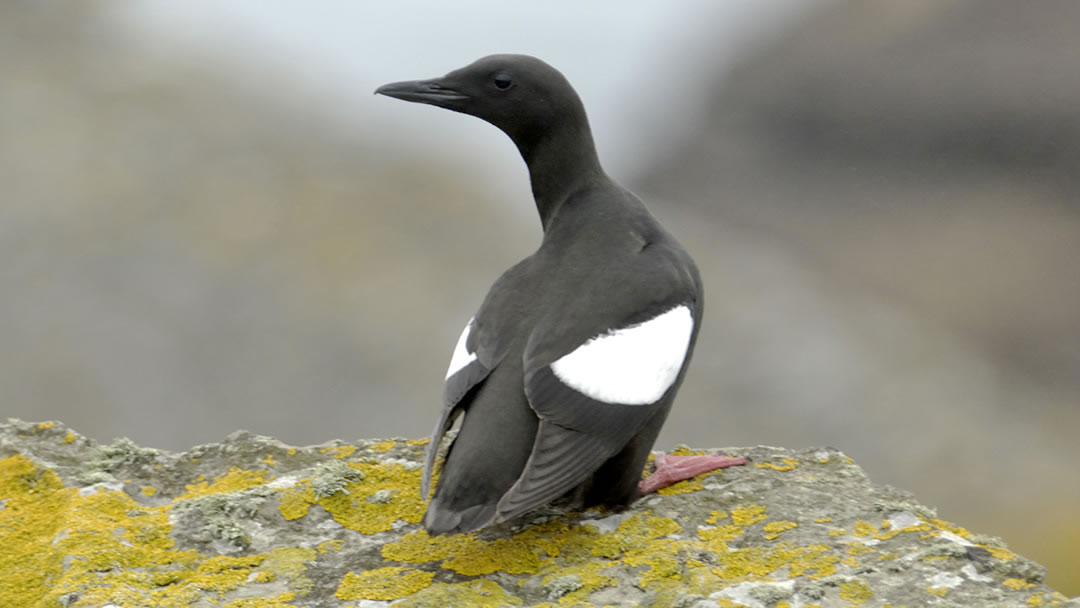
Black Guillemot (Tystie)
This little bird is in the same family as puffins and razorbills and it can be seen at sea and on cliffs all year. It is a black bird with a white wing patch and red mouth. However in winter its plumage turns grey and white, which is quite a dramatic change!
Where to find them: On cliffs and boulder beaches. Try the North and East shores of Papa Westray.
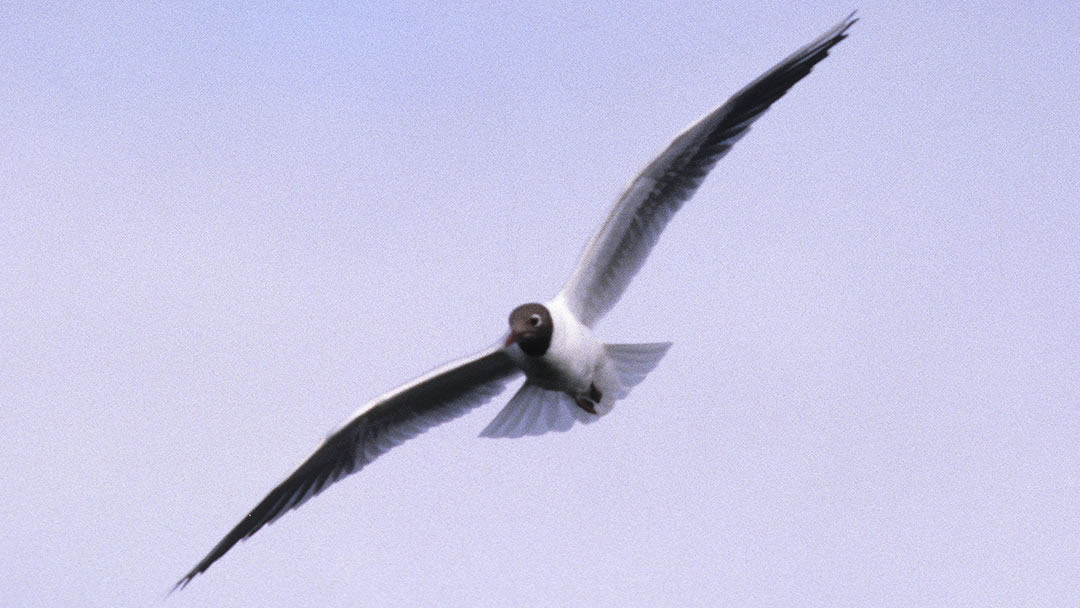
Black headed gull (Rittock)
There’s something almost comical about these birds with their white bodies, red legs, black heads and big white eyes. You’ll see them following tractors for insects and worms in freshly cut or ploughed fields. Black headed gulls almost became extinct in the 19th century as they were a popular food source. Black headed gulls migrate south to Mainland Scotland in winter.
Where to find them: on coasts, the sea and in fields throughout Orkney; try Mill Dam in Shapinsay
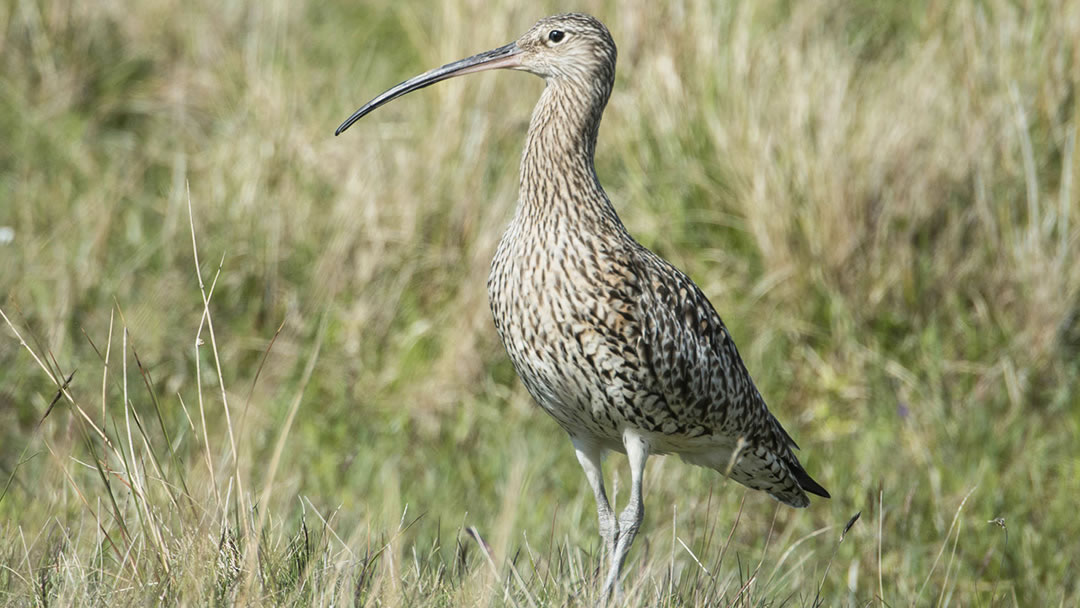
Curlew (Whaup)
One of the loveliest sounds you’ll hear in Orkney is the bubbling song of the Curlew. These distinctive birds are brown with long curved beaks. Females tend to have the longer bills. They can be seen in Orkney all year.
Where to find them: Moorlands and coasts; try Brodgar, Hobbister in Orphir and the Birsay moors.
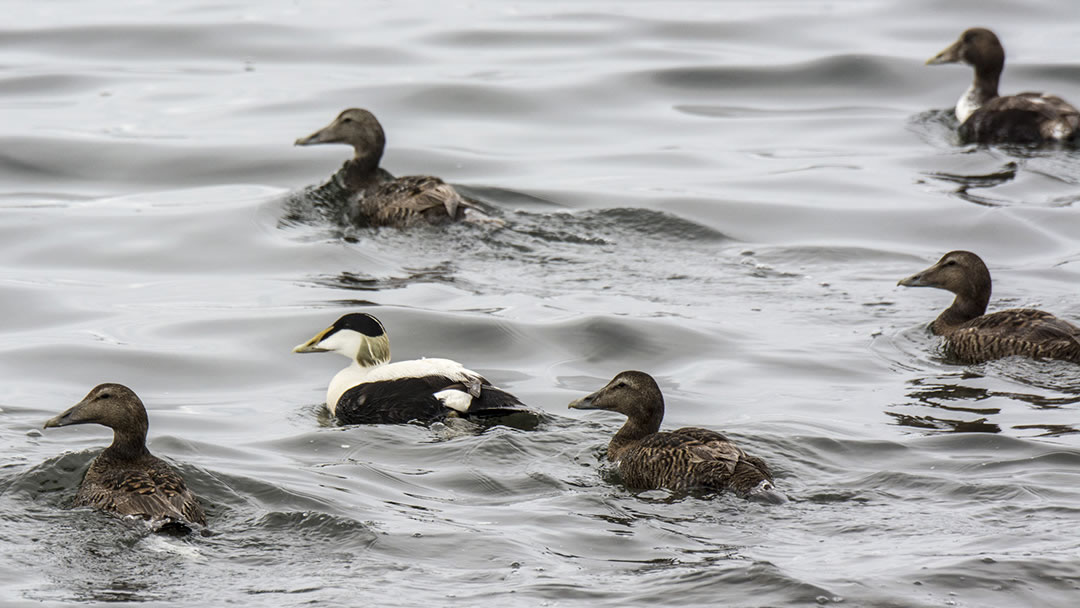
Eider (Dunter)
If you’re by a shore or in a harbour you may hear a soft coo-cooing noise; this is the lovely Eider duck, known as a Dunter in Orkney and Shetland (which originates from the Old Norse word Dunt, meaning to bob up and down). Eiders are robust sea ducks, males are black and white and females are brown. They tend to nest in heather, close to the water.
Where to find them: Eiders can be found all year at sea and in lochs. Try Stromness or Kirkwall harbour.
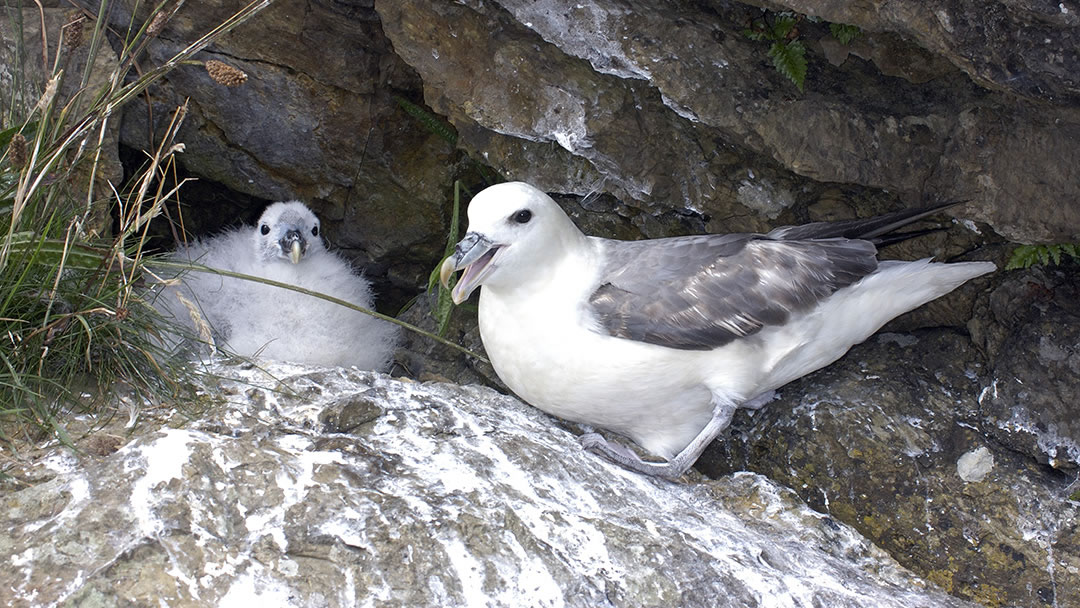
Fulmar (Mallimack)
Fulmars nest on cliffs and in ruined buildings. They rear one large fluffy chick and can vomit fishy paste on those who get too near! They are extremely hazardous to those who climb the Old Man of Hoy.
Where to find them: Coasts, dykes and ruined buildings. Try Marwick Head or the cliffs of Hoy.
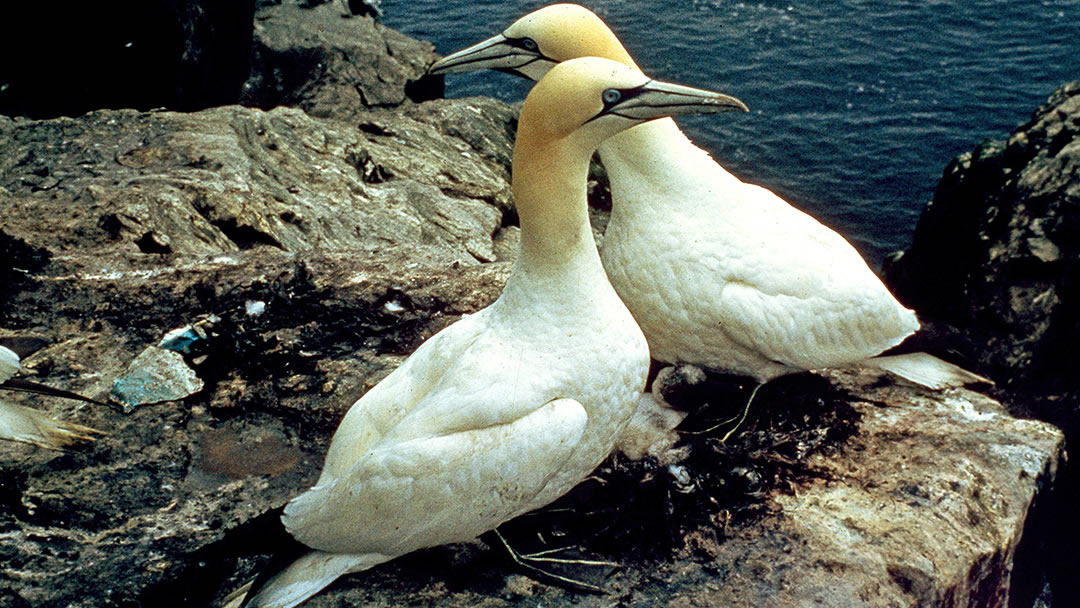
Gannet (Solan Goose)
These birds look almost prehistoric with their sharp beaks and bright blue eyes. They nest on cliff edges, and can often be seen flying, then folding their wings by their sides and plunging into water like darts; this is how they fish. There are several thousand breeding pairs on Sule Stack, 40 miles west of the Orkney mainland.
Where to find them: Cliffs in spring, summer and autumn. Try Noup Head in Westray, Copinsay or Sule Stack.
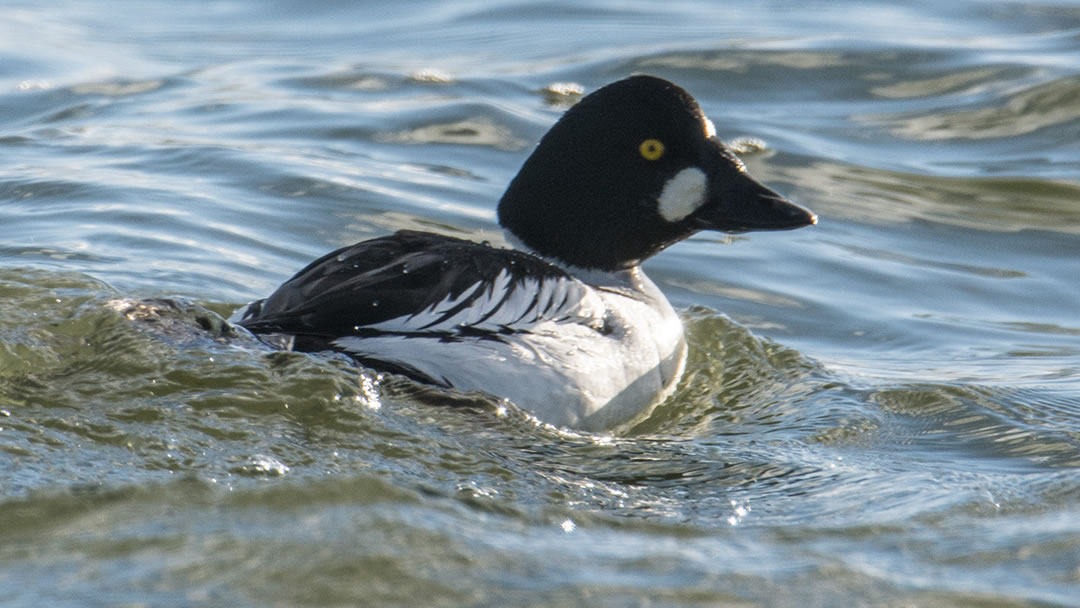
Goldeneye (Gowdy Duck)
Goldeneye are very distinctive ducks which are easy to spot on Orkney’s lochs and coasts in autumn, winter and spring. They have triangular heads (the male’s head is green whilst the female’s head is brown) and a bright yellow eye. In the summer Goldeneye migrate to Scandanavia and Russia to rear young in the holes of trees!
Where to find them: Lochs and coasts in autumn, winter and spring. Try Stenness loch.
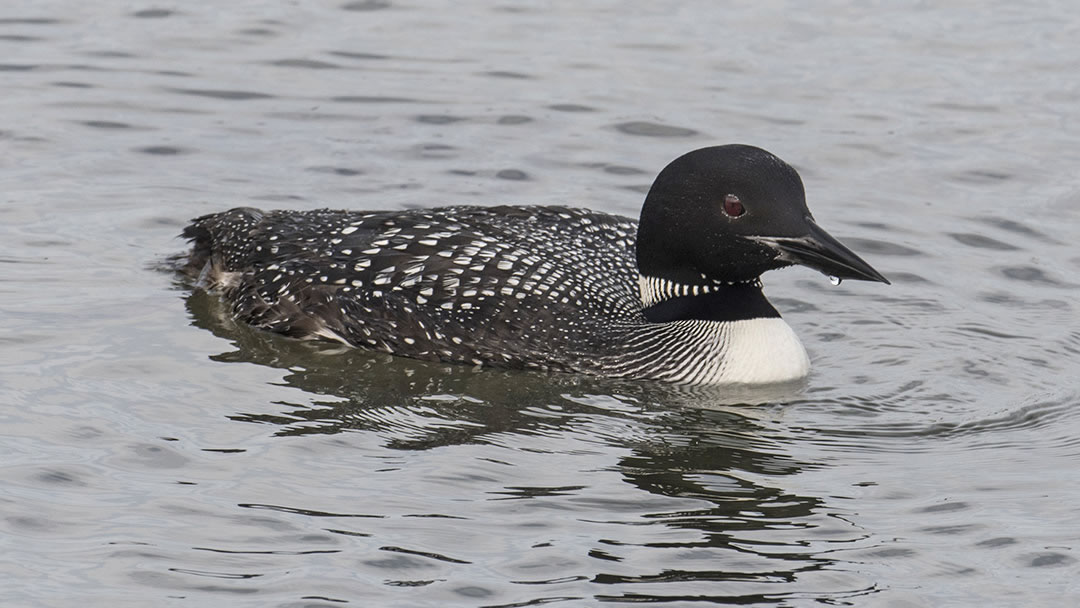
Great Northern Diver (Immer Goose)
These big birds can be seen in Orkney between September and June; over a quarter of the UK population overwinter in Scapa Flow. They have a black head with a unique shape and large bill and can usually be seen fishing close to the shore. They spend summer in Iceland, Greenland and Canada.
Where to find them: Sheltered coastal areas; try Scapa Flow, in particular Hobbister in Orphir.
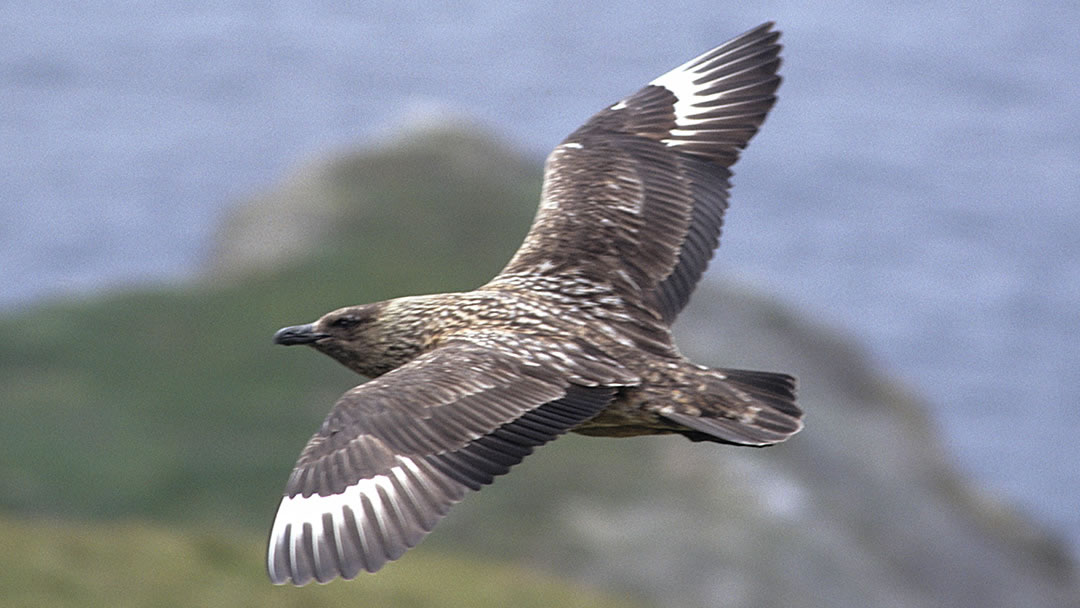
Great Skua (Bonxie)
Anyone who wanders off the beaten track on the walk to the Old Man of Hoy will have met a Great Skua; they will dive-bomb anyone who goes near to their nest! These fierce brown birds emit a tuk tuk tuk call and specialise in robbing other birds of the fish they have caught.
Where to find them: In remote coastal and moorland areas from April to September. Hoy is home to 12% of the world’s population of Great Skua.
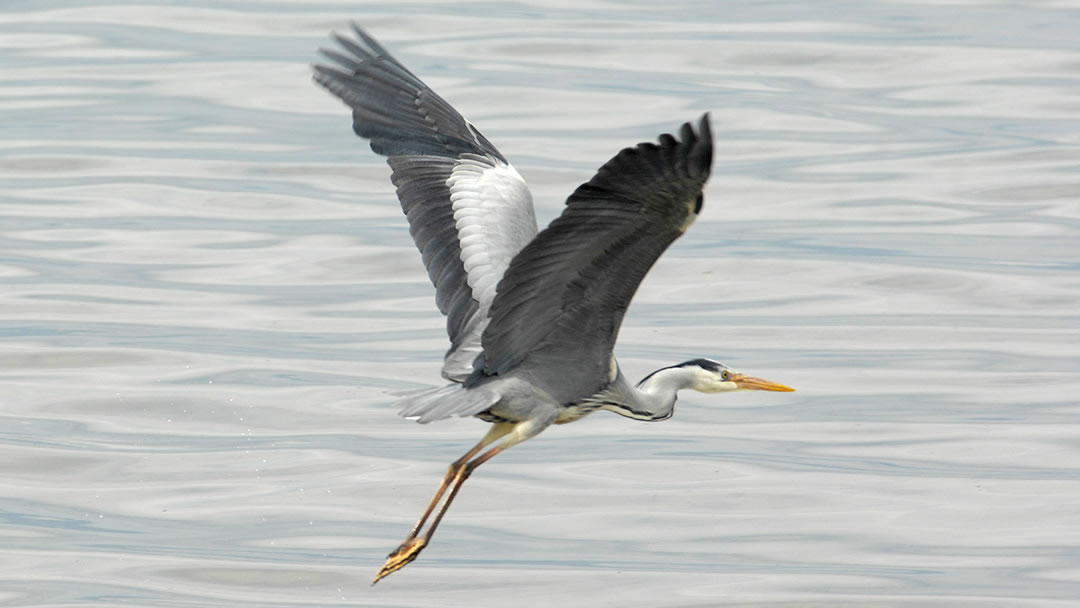
Grey Heron (Hegrie)
These tall elegant birds can be seen wading and feeding in shallow coastal water, burns and lochs all year round. As well as eating fish, Grey Herons also like to eat amphibians, small birds, and small mammals like rodents.
Where to find them: Keep your eyes pinned on coasts; try Stenness loch, the Ouse in Finstown, the Loch of Tankerness and Graemsehall Loch in Holm.
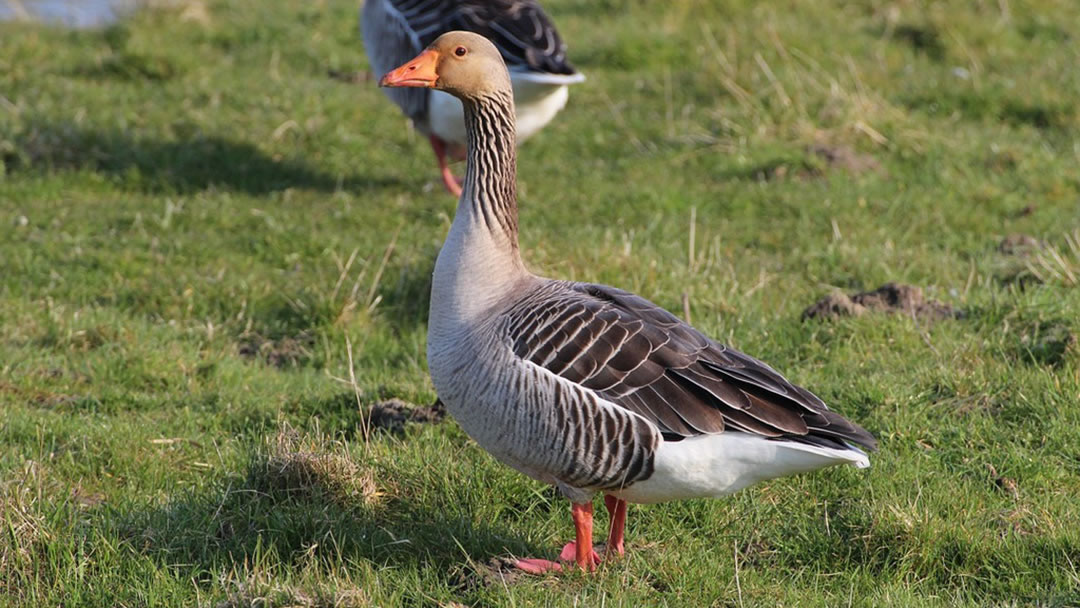
Greylag Goose
A recent phenomena; frost-free Orkney has become home to more than half the UK’s wintering population of Greylag Goose; 63,534 birds in 2018. The high quality grass grown for the island’s beef industry has lured the Geese from their traditional feeding grounds further south in Scotland. The cheerful calls will brighten up any winter’s day.
Where to find them: in cereal stubble and short grasslands throughout Orkney.
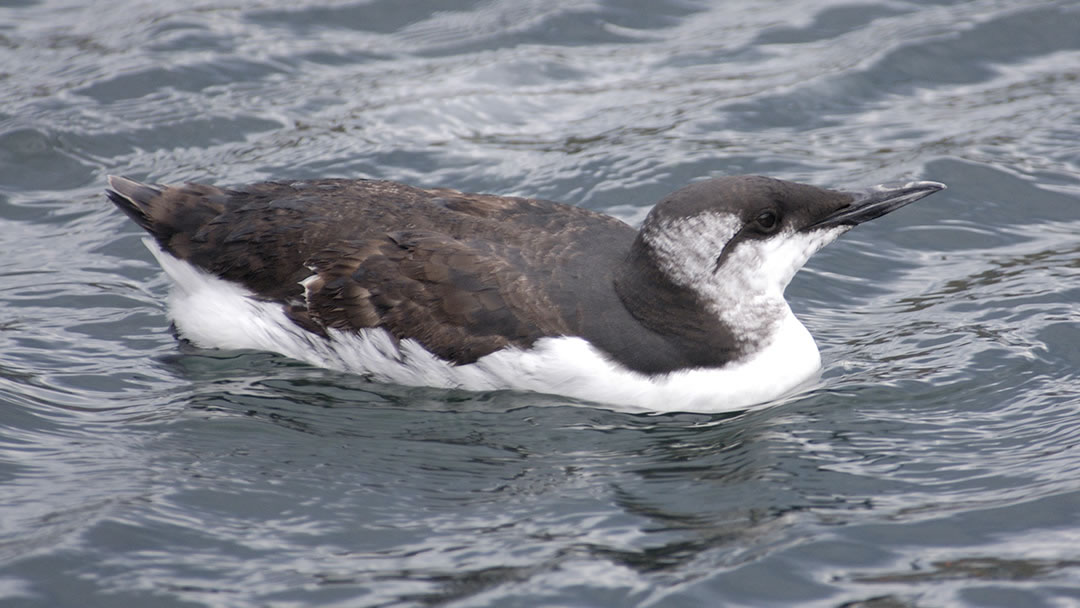
Guillemot (Aak)
There are almost 200,000 Guillemots in Orkney, and these seabirds nest in spring, summer and autumn on cliff edges over deep water, close to their food source. With their streamlined shape, they can dive 200m deep. They have the smallest nesting territory of cliff birds; just two square inches!
Where to find them: Try Hobbister or North Hill Papa Westray or the seabird cliffs of Marwick Head, Hoy, Westray, and Copinsay.
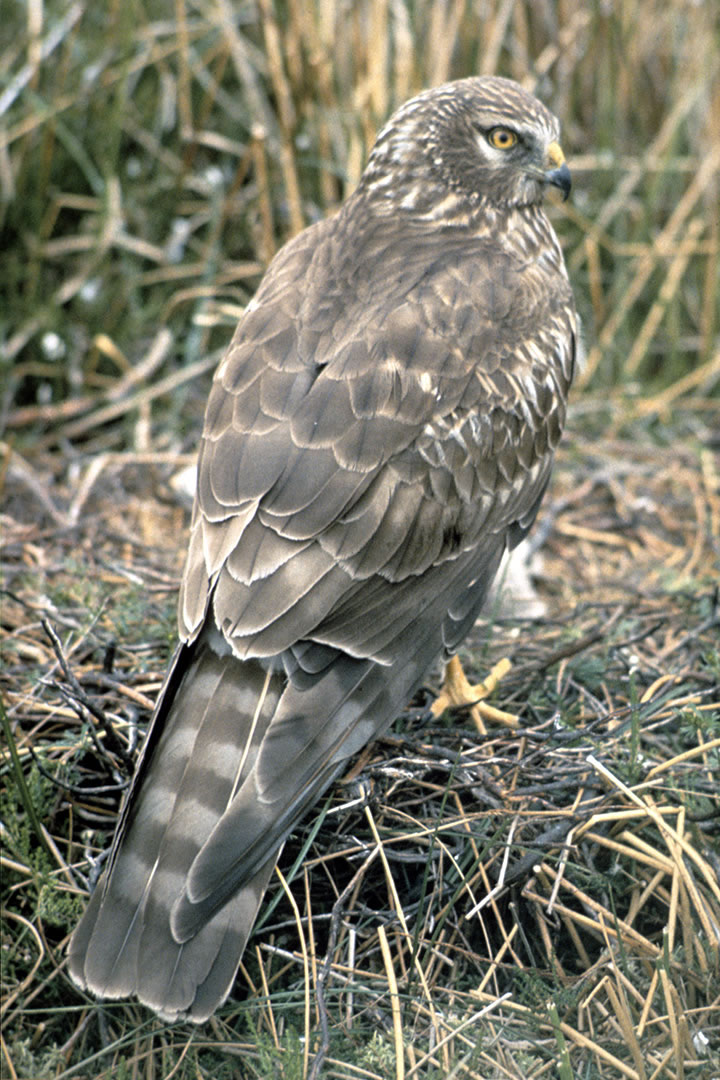
Hen Harrier (Gos hawk)
These amazing birds of prey can be seen hunting Orkney voles and smaller animals above the heather moorlands of the islands. The females are brown and the males are grey; and in Spring you may be lucky enough to see the spectacular aerial courtship display called sky-dancing.
Where to find them: The Eddie Balfour Hide at Cottasgarth, Hoy, the Birsay moors, Hobbister in Orphir and Trumland in Rousay.
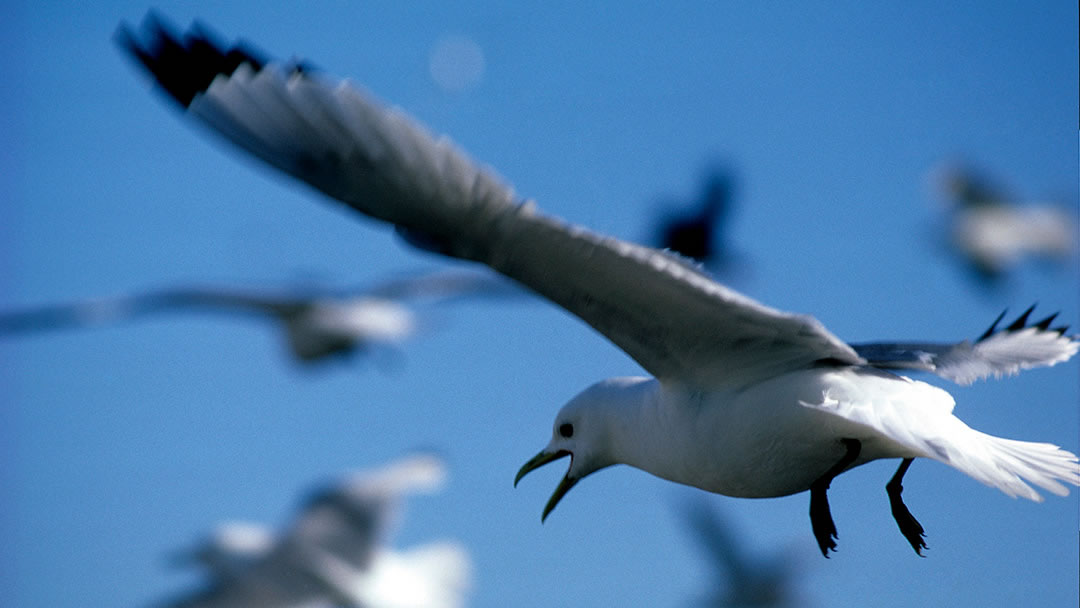
Kittiwake (Kittick)
These seabirds are sometimes tricky to tell apart from other gulls. However kittiwakes have black wing tips and rarely fly inland; preferring to stay on the cliffs. During spring, summer and autumn, Orkney holds almost 20% of the UK population of kittiwakes.
Where to find them: Try the seasbird cliffs of Marwick Head, Hoy, and Copinsay
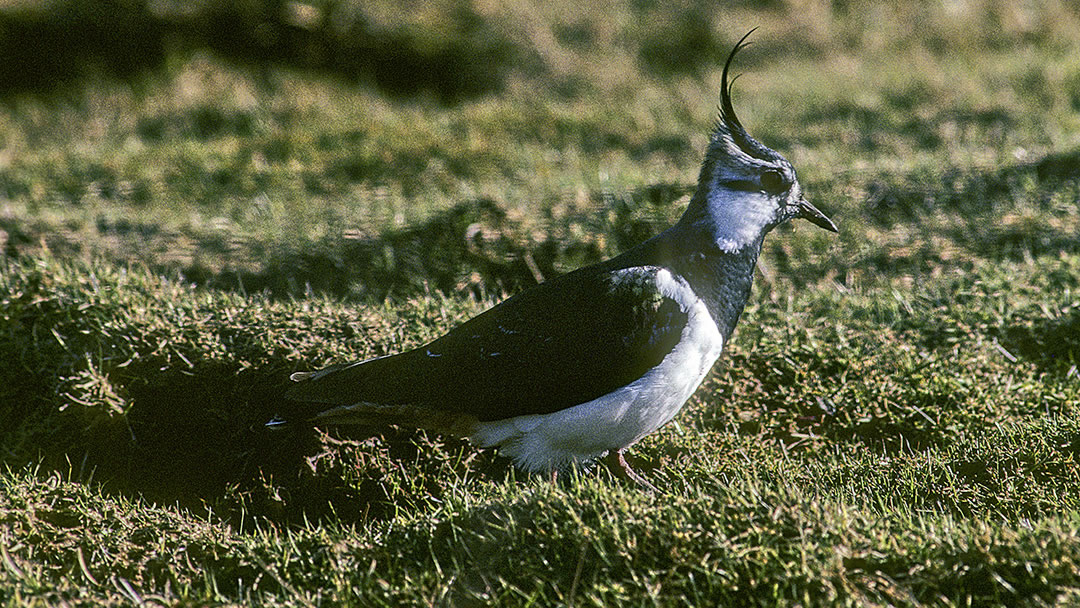
Lapwing (Teeick)
In Orkney the Lapwing is named a Teeick after it’s unique call, and if the winter is mild, Lapwings can be found in the islands all year. They especially like mild autumns and damp fields; where they feast on grubs.
Where to find them: Sandy coasts, fields and moorland. Try Brodgar and the Loons at Marwick.
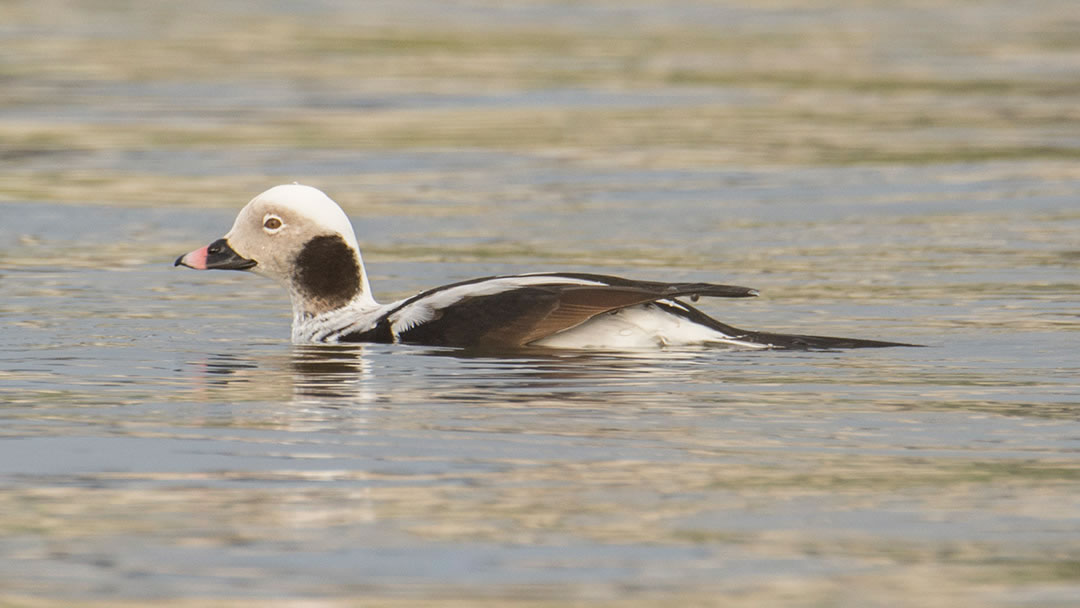
Long tailed duck (Calloo)
Long tailed ducks can be seen in Orkney in autumn, winter and spring. During summer they migrate to the Arctic circle to breed. These lovely ducks with their brown and white markings are named ‘Calloo’ in Orkney after the sounds they make.
Where to find them: On lochs, shores or between islands. Try Scapa Flow or the Peedie Sea in Kirkwall
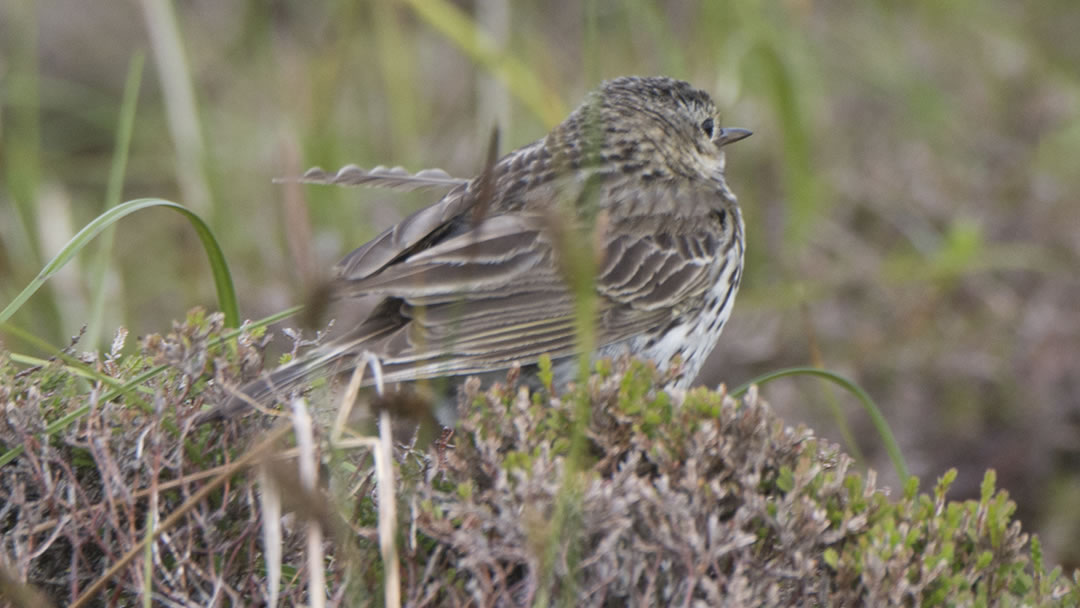
Meadow pipit (teeting)
One of Orkney’s commonest birds, the Meadow pipit is a slender but hardy brown bird that is often food for kestrels, Hen Harriers and Merlins. The Meadow pipit eats insects so it leaves Orkney and migrates to Spain for winter.
Where to find them: Can be found in uplands and grasslands from March to September.

Merlin (Smyril)
These small birds of prey live in the hills during the summer and fly to the coast for the winter (and this is when they are most likely to be seen; often on fence posts!) The blue male is smaller than the brown female.
Where to find them: On the hills of Hoy and the West Mainland, Cottasgarth, Hobbister in Orphir, Rousay, Eday and Stronsay.
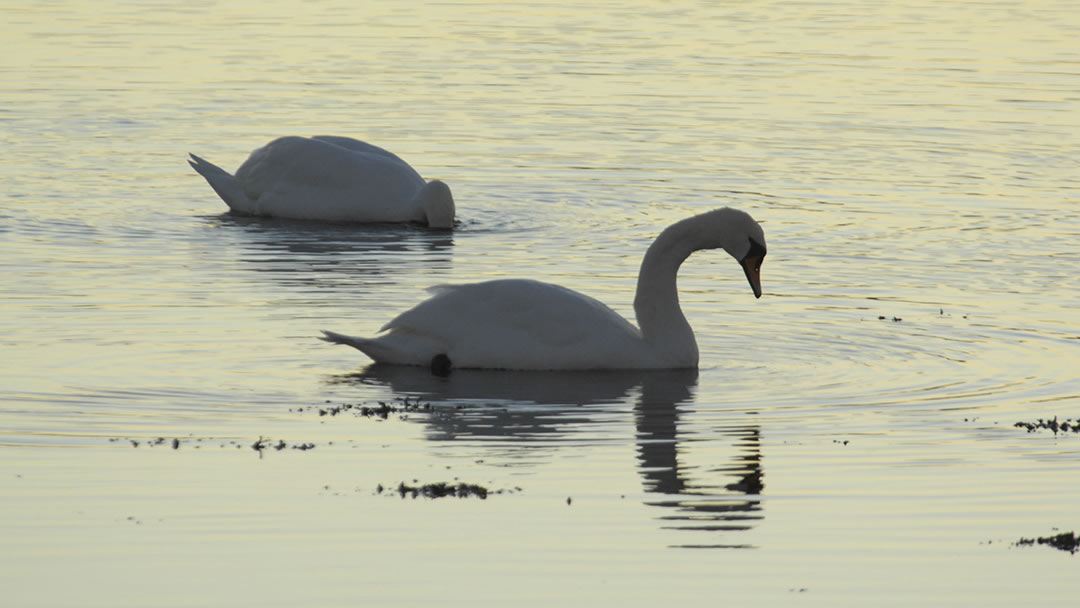
Mute Swan
A familiar sight on Orkney’s many lochs, Mute Swans have a black knob above orange beaks. They were brought to Orkney as ornamental birds. Mute Swans build large nests on the water’s edge and are quite fierce!
Where to find them: The larger lochs around Orkney. Try the Loch of Stenness, around the Bridge Of Brodgar. Cygnets can be seen from May.
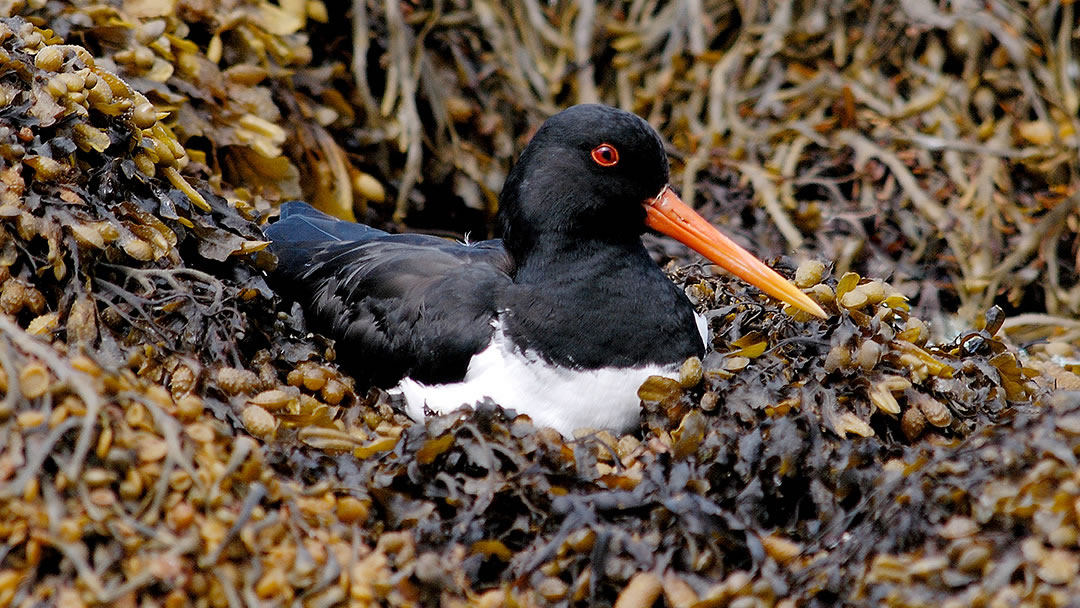
Oystercatcher (Skeldro)
Spring has begun in Orkney when the Oystercatchers arrive. These birds are black and white with long red legs, and red eyes and a red bill. They nest in fields, on beaches and on roadside verges (causing occasional frights for drivers!) Oystercatchers have a noisy pipping call.
Where to find them: From spring to autumn on sandy and shingle beaches, loch shores and fields throughout Orkney.
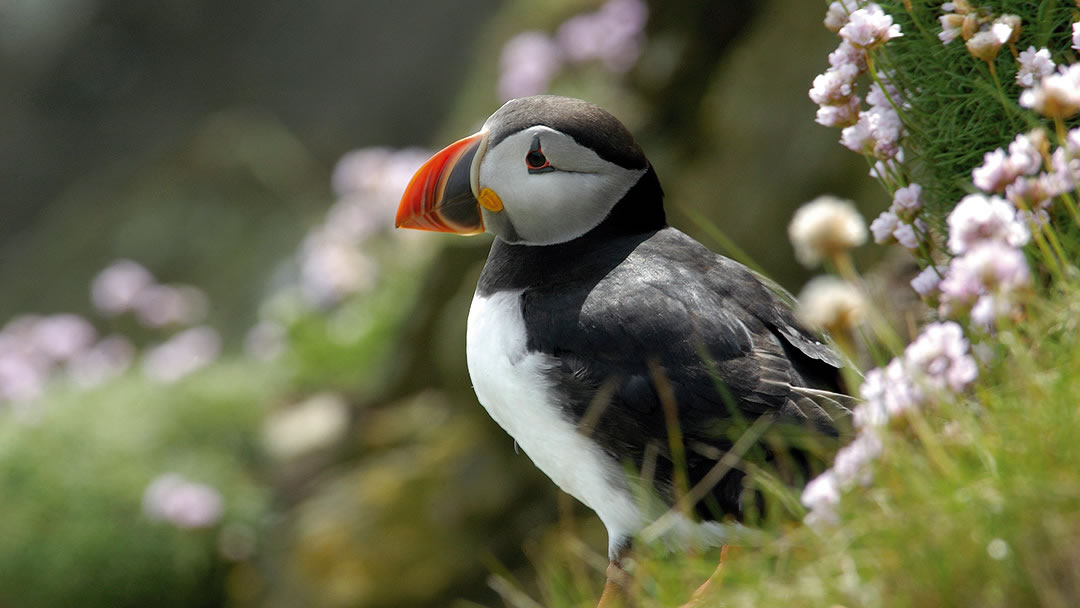
Puffin (Tammy norrie)
Puffins can be found nesting on grassy cliff edges around Orkney in May, June and July. These colourful birds tend to spend the morning out at sea hunting for sand eels, so it’s best to look for them in the afternoon and evening. Puffins are not very timid around humans; listen out for their strange mooing calls!
Where to find them: At sea and on grassy cliffs. Try the Brough of Birsay, the Castle of Burrian in Westray, Marwick Head, Hoy, Noup Head in Westray, North Hill on Papa Westray and Copinsay.
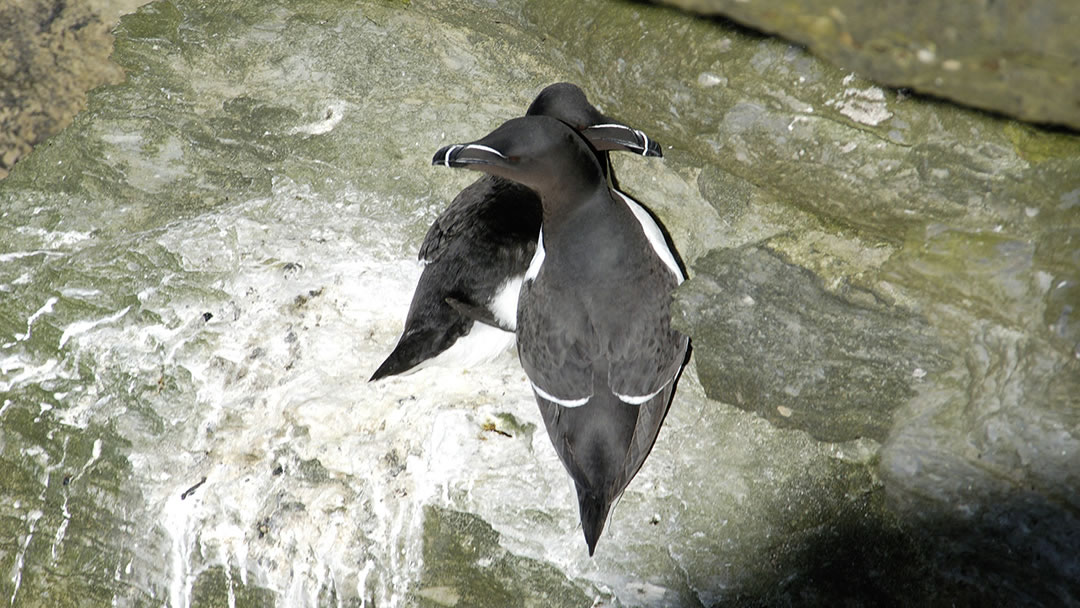
Razorbill (Coulter neb)
Razorbills are very distinctive seabirds; one of the easiest to recognise on a cliff. They have black plumage and a unique thick and blunt black bill. Razorbills can be found in Orkney in spring, summer and autumn. Their young spend the night out at sea, away from predators.
Where to find them: High, rocky cliffs such as those on Marwick Head, Hoy, Westray, and Copinsay.
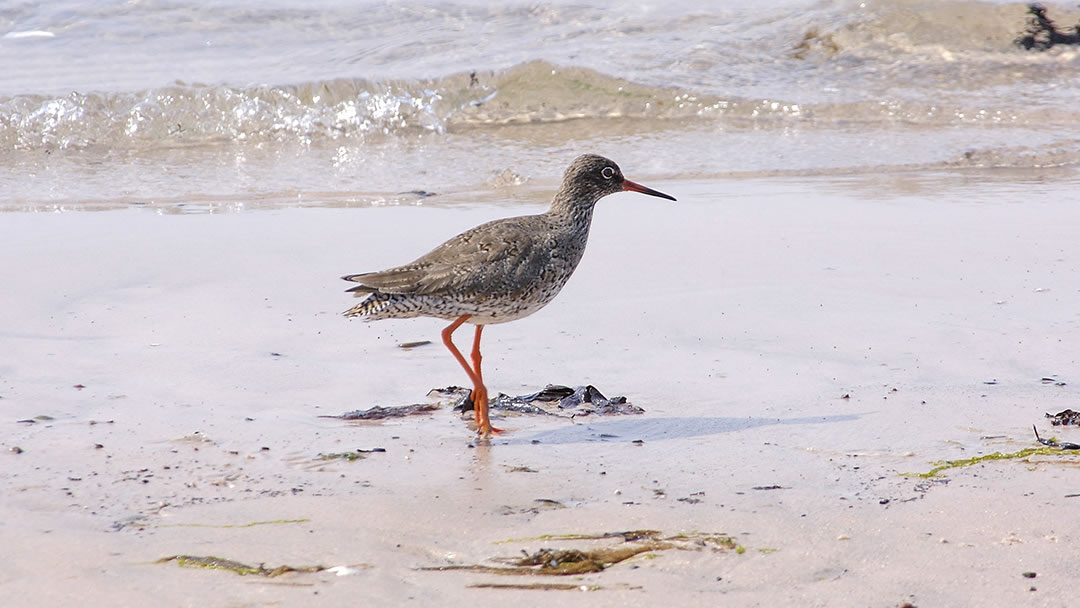
Redshank (Watery Pleeps)
This wading bird with red legs is easily disturbed, and it gets it’s Orcadian name from the sound it makes as it noisily flies away. Redshanks are residents and can be found in the islands all year hunting insects and earthworms.
Where to find them: Shores, lochs and grasslands. Try Brodgar, Skaill or Scapa beach.
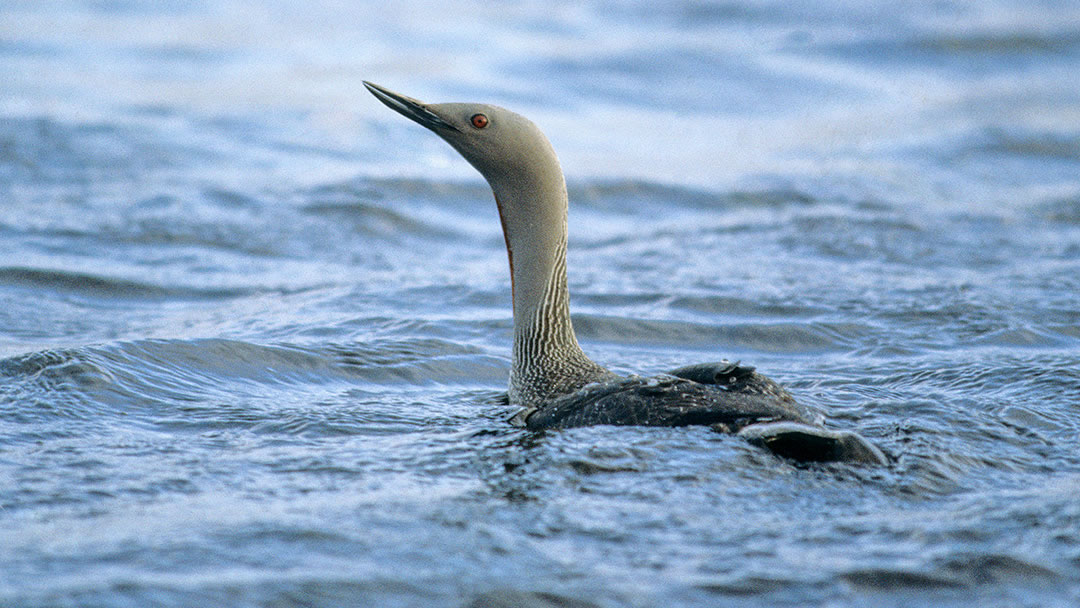
Red-throated Diver (Rain Goose / Loon)
These lovely birds are grey with an elegant long neck, the front of which is red. You’ll see them in Orkney in upland lochs during the summer and on the sea during autumn, winter, and spring. They favour smaller lochs because they don’t need a lot of space to take off!
Where to find them: Try Burgar hill where there is an excellent hide, Hobbister in Orphir, and Mill Loch in Eday.
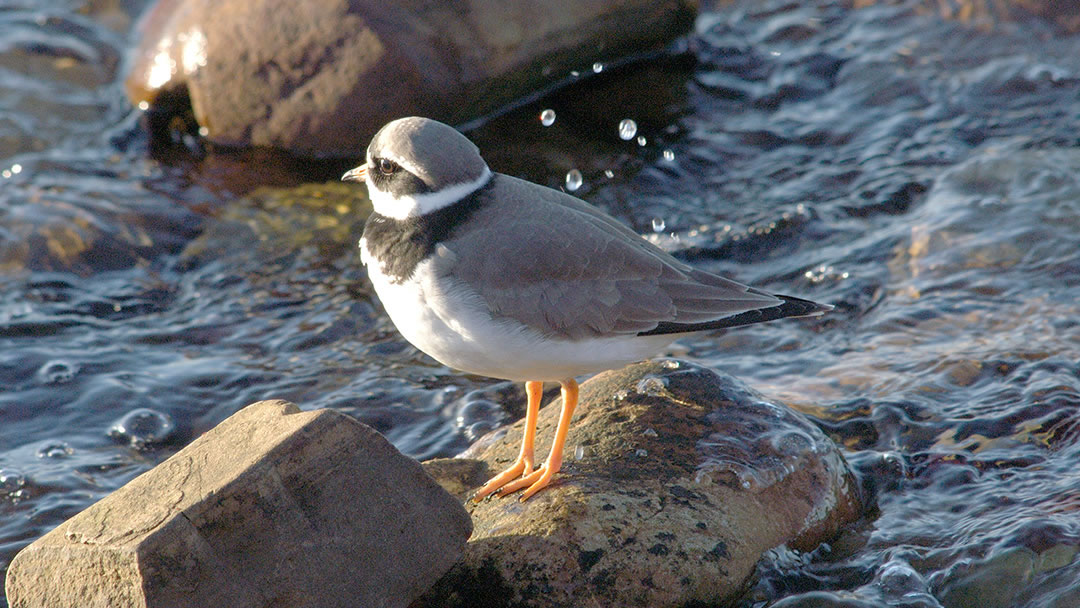
Ringed plover (Sinloo)
These lovely little birds are brown and white with a black ring around their necks. The male’s ring is thicker than the females. They can be found all year on Orkney beaches, scampering nervously on the sand and shingle.
Where to find them: Beaches throughout Orkney. Try Warebeth beach in Stromness, Scapa beach or Marwick.
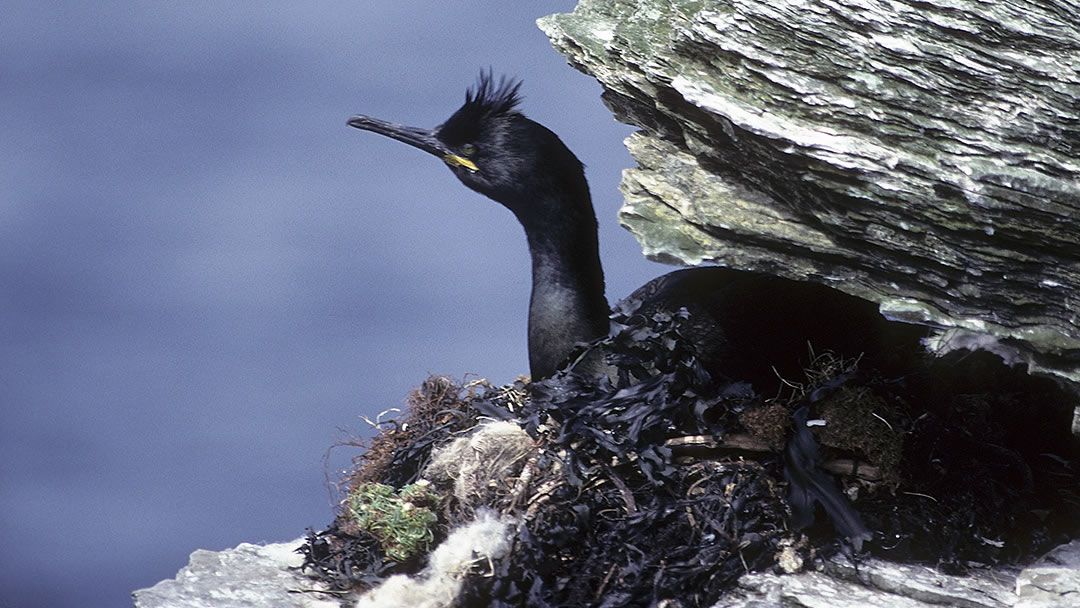
Shag (Scarf)
Another seabird instantly recognisable on the cliffs is the Shag; which is often spotted with its wings outstretched, drying in the sun. Shags catch sand eels and nest on cliff ledges. 10% of UK wintering population of Shags stay in Orkney.
Where to find them: Cliffs around the islands; try Marwick Head or Hoy.

Short-eared Owl (Cattie-face)
The times you will be most likely to see a Short-eared Owl in Orkney in June and July. This is because this is the time when the young are at their most demanding, and the parents will hunt during the daylight for Orkney voles and rabbits. The Cattie-face is light brown and can be seen gliding over fields or perched on fence posts.
Where to find them: Moorlands and rough grasslands all year. Try Hobbister in Orphir or Trumland in Rousay.
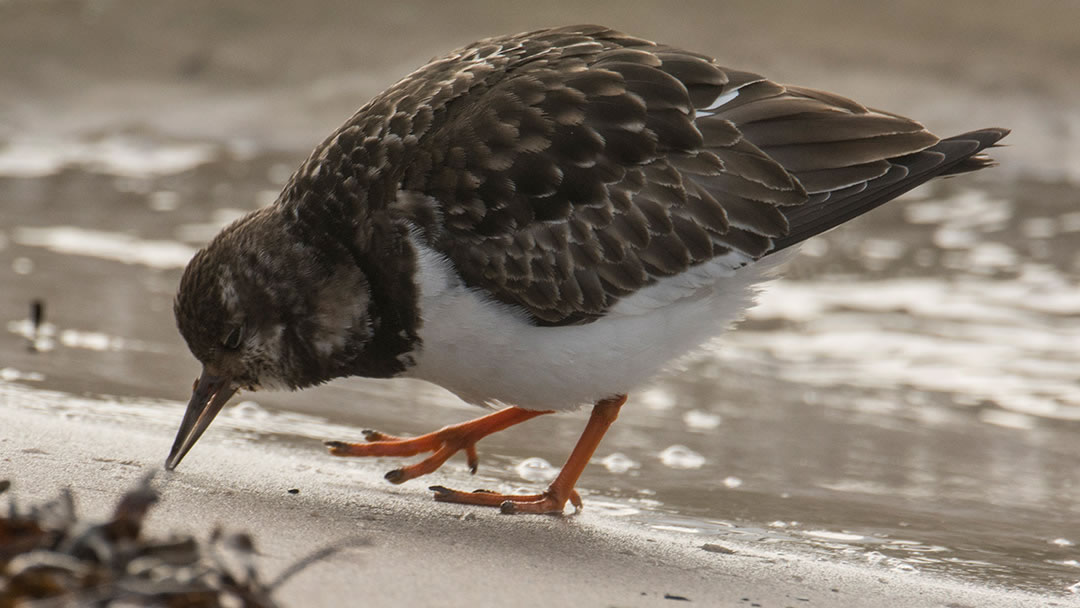
Turnstone (Staney Putter)
These dumpy birds with brown and black feathers and orange legs are most recognisable for their behaviour; they gather together on the coasts and pick under stones and seaweed for insects, crustaceans and molluscs.
Where to find them: Coasts and grasslands throughout the Orkney islands. Try Marwick beach.
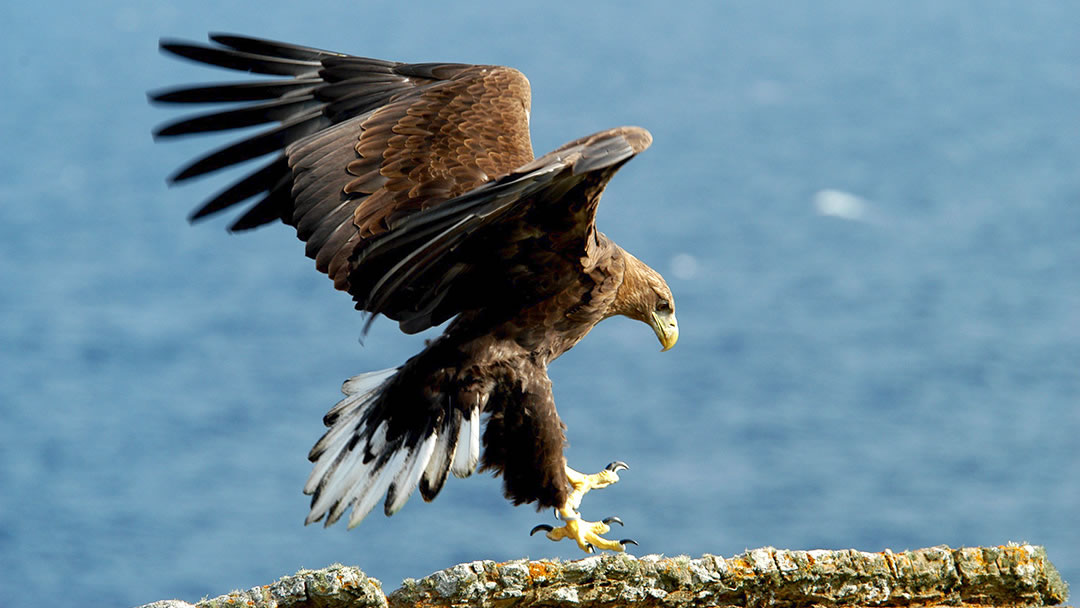
White-tailed Sea Eagles
White-tailed Sea Eagles are the largest bird of prey in the UK and a breeding pair have returned to Hoy. They eat fish, rabbits and birds (often fulmars). Lambs are also sometimes taken as carrion. They have a 2m to 2.4m wingspan!
Where to find them: There is a breeding pair at the Dwarfie Hamars in Hoy from May to August.
 By Magnus Dixon
By Magnus DixonOrkney and Shetland enthusiast, family man, loves walks, likes animals, terrible at sports, dire taste in music, adores audiobooks and films, eats a little too much for his own good.
Pin it!
